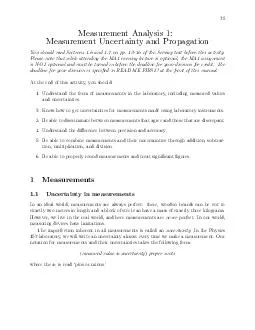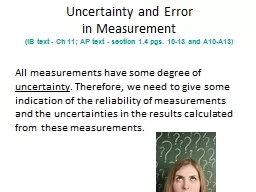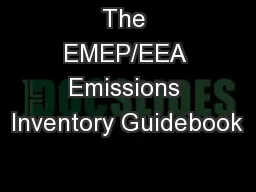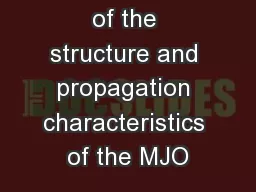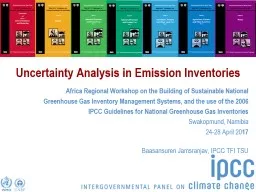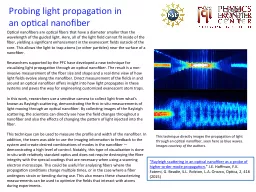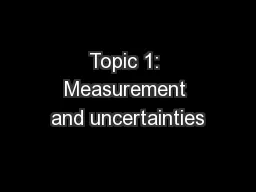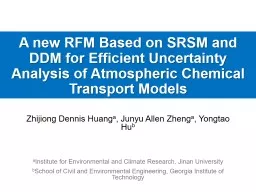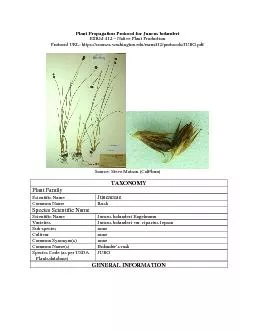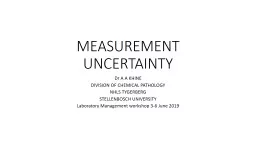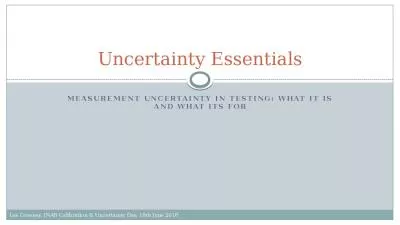PDF-Measurement Analysis Measurement Uncertainty and Propagation You should read Sections
Author : pamella-moone | Published Date : 2014-12-19
6 and 17 on pp 1216 of the Serway text before this activity Please note that while attending the MA1 evening lecture is optional the MA1 assignment is NOT optional
Presentation Embed Code
Download Presentation
Download Presentation The PPT/PDF document "Measurement Analysis Measurement Uncert..." is the property of its rightful owner. Permission is granted to download and print the materials on this website for personal, non-commercial use only, and to display it on your personal computer provided you do not modify the materials and that you retain all copyright notices contained in the materials. By downloading content from our website, you accept the terms of this agreement.
Measurement Analysis Measurement Uncertainty and Propagation You should read Sections: Transcript
Download Rules Of Document
"Measurement Analysis Measurement Uncertainty and Propagation You should read Sections"The content belongs to its owner. You may download and print it for personal use, without modification, and keep all copyright notices. By downloading, you agree to these terms.
Related Documents

